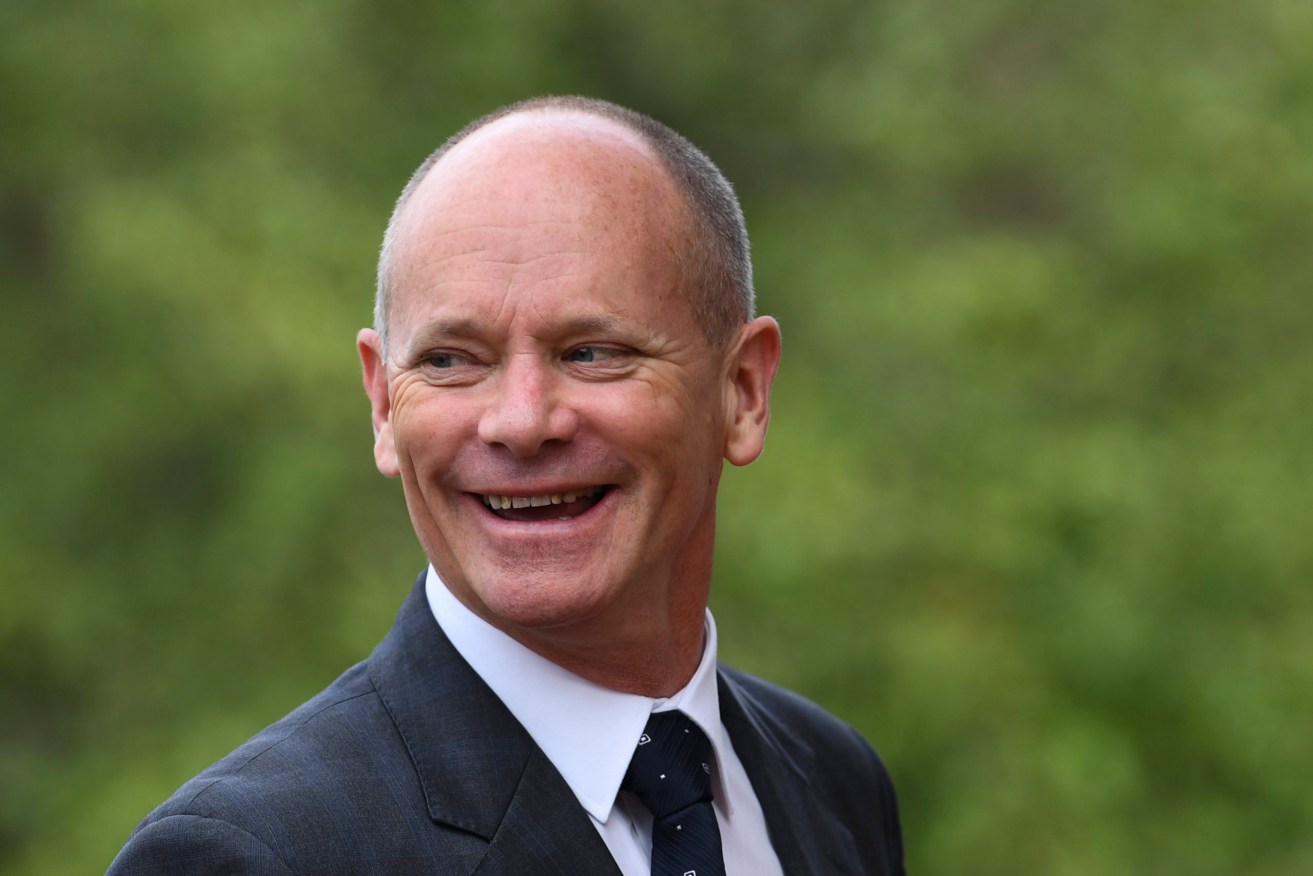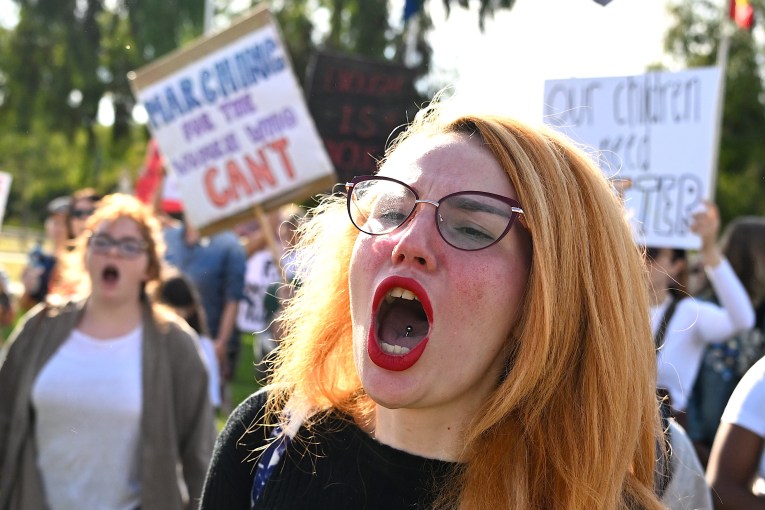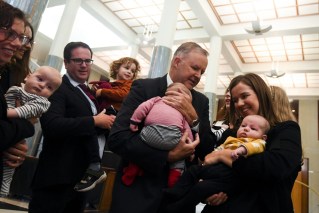Death by a thousand cuts: Should public servants be worried about an LNP win?
Whoever wins the election faces the challenge of reining in public spending. But slashing and burning is harder than you think writes Robert MacDonald


The shadow of Campbell Newman will loom large over some LNP policies. (Photo: AAP Image/Lukas Coch)
Should Queensland public servants be worried about the outcome of the next state election?
I’d argue not, despite Labor’s best efforts to suggest otherwise by endlessly reminding us of the public service cuts during Campbell Newman’s time in office.
Whichever side wins faces the same problem – how to rein in government spending that has risen by 20 per cent under the Palaszczuk Government.
And that’s not counting the newly added billions of dollars of pandemic recovery money and the accompanying surge in borrowings.
Both Labor and the LNP see cost savings as an essential part of their budget management over the next four-year term.
That means the past half-decade of public sector growth is definitely over.
But it doesn’t mean we’re about to enter a new era of slashing and burning,
The reality is it’s actually really hard to make big cuts to state government spending, especially if you’ve abandoned the small-government, pro-privatisation agenda so enthusiastically embraced by the Newman administration.
Labor might have added more than 35,000 public servants during its time in office, but more than 90 percent of the state’s current 232,000-strong workforce are now classified as front-line workers.
Is any new administration, no matter how committed to small government and fiscal rectitude, going to risk alienating voters by, say, cutting police or teacher numbers, or shutting down regional medical services?
So where will the cuts come from?
Treasurer Cameron Dick has told Treasury to find $3 billion of savings over four years and says it has already identified $320 million of cuts, which he describes as “not bad going”.
That’s not an insignificant number, but by comparison, government spending, until recently, has been growing at more than $2 billion a year.
And, so far at least, it’s really just the harvesting of some low-hanging fruit – a reduction in advertising spending, a temporary freeze on ICT projects, reducing contactor and consultant numbers and using natural attrition to reduce non-frontline staff numbers.
More could well be in the works, depending on how you care to read the following statement in the Government’s September-16 COVID-19 Fiscal and Economic Review:
“Government will also undertake a number of reviews of whole-of-government resources and agency functions, to ensure that we are effectively utilising resources to assist a COVID-19 economic recovery.”
Who knows where that could lead, but any review of the numerous programs and new activities launched by the current government can’t be a bad thing.
The LNP, understandably, is remaining determinedly vague about how it plans to manage the state’s finances, except to promise it will “stabilise debt”, without raising taxes.
An LNP government would also aim to get the budget back into surplus within four years, according to Shadow Treasurer Tim Mander, who hasn’t spelt out how this might be achieved.
The closest thing I’ve found to a specific cost-reduction plan is the following statement from an LNP policy document:
“Government departments, including the Treasury, will be asked to report on the details of existing contracts and grant programs and whether those deals are in the best interest of Queensland taxpayers.”
Again, a worthwhile objective.
But even if an LNP government could work out a way to claw back every cent of the funds already committed under the Palaszczuk Government’s flagship Advance Queensland economic development program, you’d still only be saving about $620 million, a significant figure but barely enough in itself to balance the books..
There are other tried-and-tested budget-cutting strategies, which neither side has yet broached.
One is the efficiency dividend, which requires government agencies to find a certain per cent of savings from their annual budgets.
The Hawke government introduced the idea federally more than 25 years ago and it’s been in place ever since, with a current dividend rate of 2 per cent.
The other is voluntary redundancies. But that’s a whole other can of worms, which, presumably, no one wants to open before an election.
For now, the focus is on recovering from the pandemic, virtually whatever the cost.
But at some point sooner or later, attention will return to getting the books back in order. And that’s when we might see efficiency dividends and redundancy programs added to the mix.
Life for many Queensland public servants is about to get more complicated.












